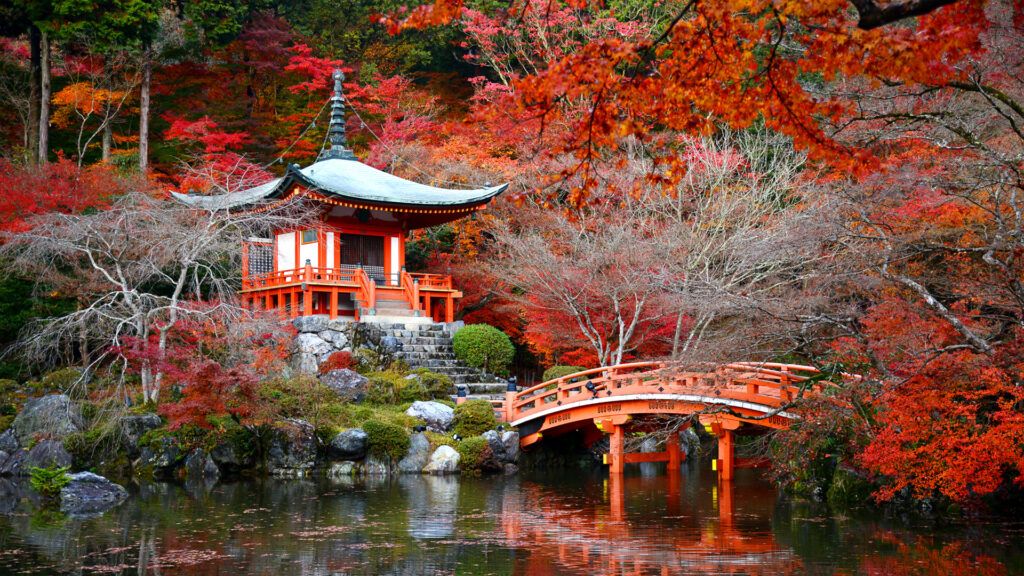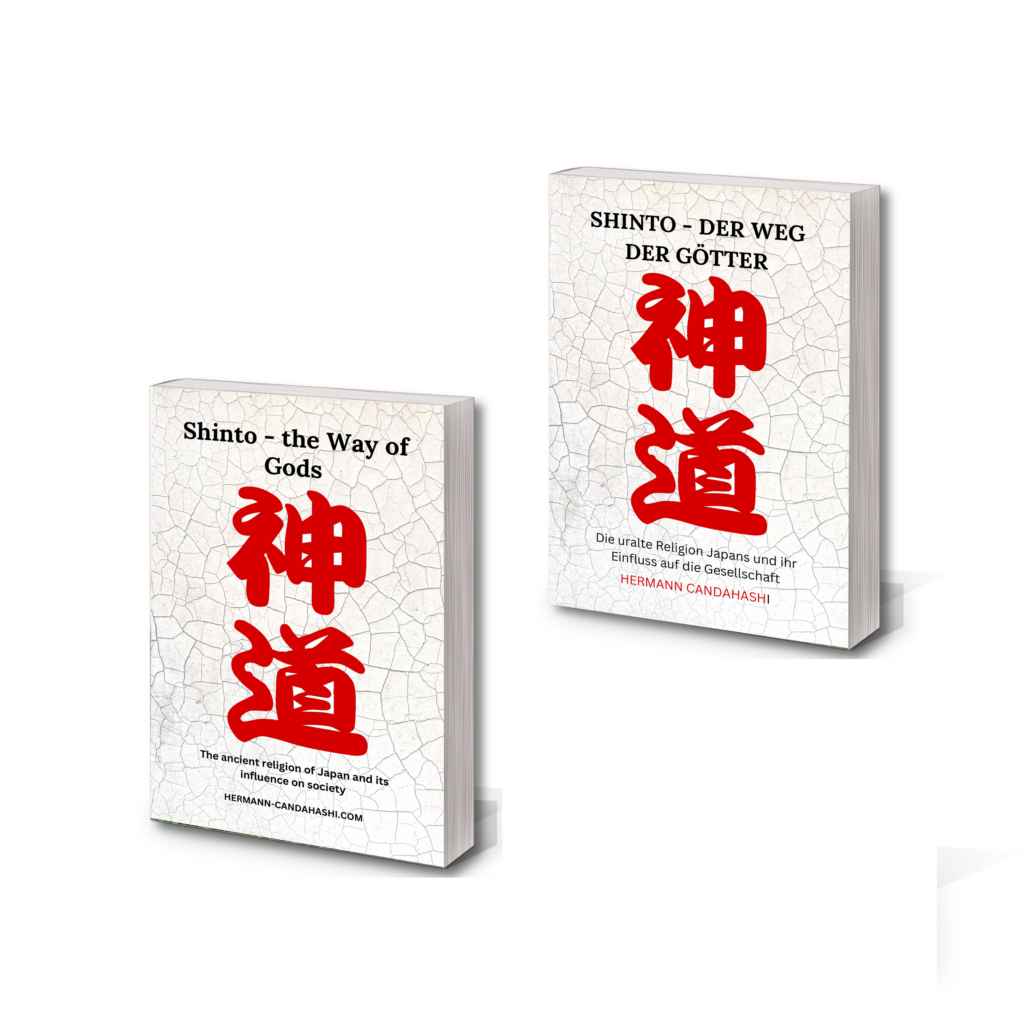
Shintoism: What it is
Shintoism is a traditional religion of Japan based on ancient beliefs and the worship of nature. The word “Shinto” literally means “Way of the Gods” and reflects the central role of gods and spirits in this religion. Shintoism is unique in its emphasis on the natural world and the harmony between humans and nature.
The Connection between Shintoism and Nature
Shintoists believe that nature is divine and that gods exist in natural phenomena such as trees, mountains, rivers, and animals. This belief has led to a deep respect and strong connection between Shintoists and nature. Shintoism emphasizes the importance of living in harmony with nature and protecting it.
Shintoism is a nature-centered Japanese religion deeply rooted in nature and its spiritual beings (Kami). This connection between Shintoism and nature is an essential part of the belief system and practices of this religion. Shintoism emphasizes the worship of nature and believes that nature is sacred and inhabited by divine forces.
Nature worship is a central concept in Shintoism. In Shintoism, various elements of nature are revered as divine entities called Kami. This connection between nature worship, Kami, and Shintoism shapes the beliefs and practices of this fascinating religion.
Shintoism considers nature as sacred and believes that divine powers reside in natural elements. Mountains, rivers, trees, and even stones are worshipped as Kami. These Kami are regarded as mediators between humans and gods, symbolizing the close connection between the natural world and the divine. The practice of nature worship in Shintoism manifests in various aspects of religious life. Shinto shrines are often surrounded by natural beauty and serve as sacred places of worship. Followers visit these shrines to show their reverence and experience the spiritual energy of nature.
Another characteristic of Shintoism is the concept of purity, closely associated with nature. Nature is regarded as pure, and the pursuit of purity is a central practice in Shintoism. Rituals such as hand washing or visiting sacred springs symbolize these purification practices and serve spiritual renewal.
The connection between nature worship, Kami, and Shintoism also has a strong influence on Japanese culture and society. Appreciation and respect for nature are deeply ingrained in the Japanese identity. Traditions such as admiring cherry blossoms in spring or revering the beauty of autumn foliage are expressions of this profound connection with nature.
The deep connection between nature worship, Kami, and Shintoism makes this topic fascinating not only for believers but also for people interested in Japanese culture and religion. It is an invitation to appreciate the beauty of nature and recognize the significance of a harmonious relationship between humans and the environment.
In Shintoism, various elements of nature are worshipped as deities or Kami. These Kami can appear in the form of mountains, rivers, trees, or even stones. By worshipping these natural elements, the belief in the close connection between humans and nature is fostered.
Shinto shrines are central places of worship in Shintoism. These shrines are often found in natural surroundings, surrounded by forests or near bodies of water. Followers visit these shrines to show their reverence and to experience the spiritual energy of nature.
The connection between Shintoism and nature also has an impact on the daily lives of people in Japan. Appreciation and respect for nature are deeply rooted in Japanese culture. This is reflected in various traditions and customs, such as the worship of cherry blossoms in spring or the admiration of autumn foliage.
Rituals and Practices in Shintoism
Shintoism involves a variety of rituals and practices that are closely connected to nature. One of the most well-known rituals is “Misogi,” where individuals cleanse themselves of sins through a ritual bath. These rituals often take place in natural environments such as rivers or waterfalls to strengthen the connection to nature.
Shinto Shrines: Sacred Places of Nature Worship
Shinto shrines are sacred places scattered throughout the country and play an important role in Shintoism. These shrines are often surrounded by beautiful natural settings, such as forests or mountains. Shintoists visit the shrines to offer prayers and express their gratitude towards nature.
Shintoism and Environmental Protection
The close connection between Shintoism and nature has led many Shintoists to advocate for environmental protection. They are dedicated to preserving natural resources, protecting endangered species, and promoting sustainable practices. Shintoism teaches that humans are part of nature and have a responsibility to protect it.
Shintoism and Modern Society
Although Shintoism is an ancient religion, it still has a strong presence in modern Japanese society. Shinto customs and rituals are practiced during significant life events such as weddings and New Year celebrations. Furthermore, many people, regardless of their religious affiliation, have respect for nature and are inspired by the principles of Shintoism.
Shintoism and nature are closely intertwined. Nature is considered sacred in Shintoism, and the spiritual connection to the natural world is of great importance. In this comprehensive article, we have explored the basics of Shintoism, its relationship with nature, rituals and practices, as well as its modern impact on society. We hope that you now have a better understanding of Shintoism and nature, and that this article helps you spread your knowledge in Google search results.

“shinto: the way of the gods – the ancient religion of japan and its influence on society” is a comprehensive examination of the shinto religion and its significance in japanese society. shinto, which literally means “way of the gods,” is one of the oldest religions in the world and has a profound influence on japanese culture, history, and identity.
in this book, we explore the origins of shintoism and the fundamental principles of this religion.
we take a look at the various types of shinto shrines and their significance as places of worship and purification. furthermore, we examine the diverse rituals and ceremonies practiced in shinto and how they shape the spiritual lives of people in japan.
another important topic is the connection between shinto and nature. in shintoism, it is believed that nature is inhabited by spirits or gods, and this concept has a strong influence on the understanding and treatment of the environment in japan. we also consider the connection between shinto and japanese mythology, as many of the gods and goddesses of shinto play a role in ancient japanese myths and legends.
an additional aspect is the importance of shinto in family life. family rituals and ancestor veneration are integral parts of shinto beliefs and have a significant impact on family relationships in japan…



